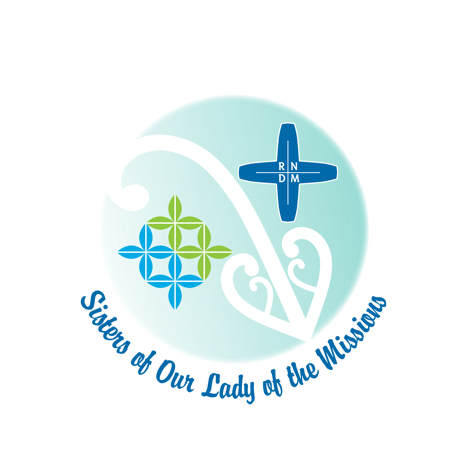In 1865 four French sisters travelled to New Zealand from Lyon, France. This was in response to an invitation from Bishop Viard of Wellington to help teach the growing number of settler children.
At the beginning of the 1960’s there were over 200 sisters teaching in eight Sacred Heart secondary schools plus St Joseph’s Maori Girl’s College in Greenmeadows, in four congregation-owned primary schools attached to secondary schools, and in parish primary schools from Auckland to Ashburton.

In November 2020 there were two sisters teaching part time in Congregation owned secondary schools and one sister teaching in a parish primary school. Today there are approximately 63 Mission Sisters living and working in New Zealand, 2 in Samoa and 4 working in other countries.
Brief Historical Overview.
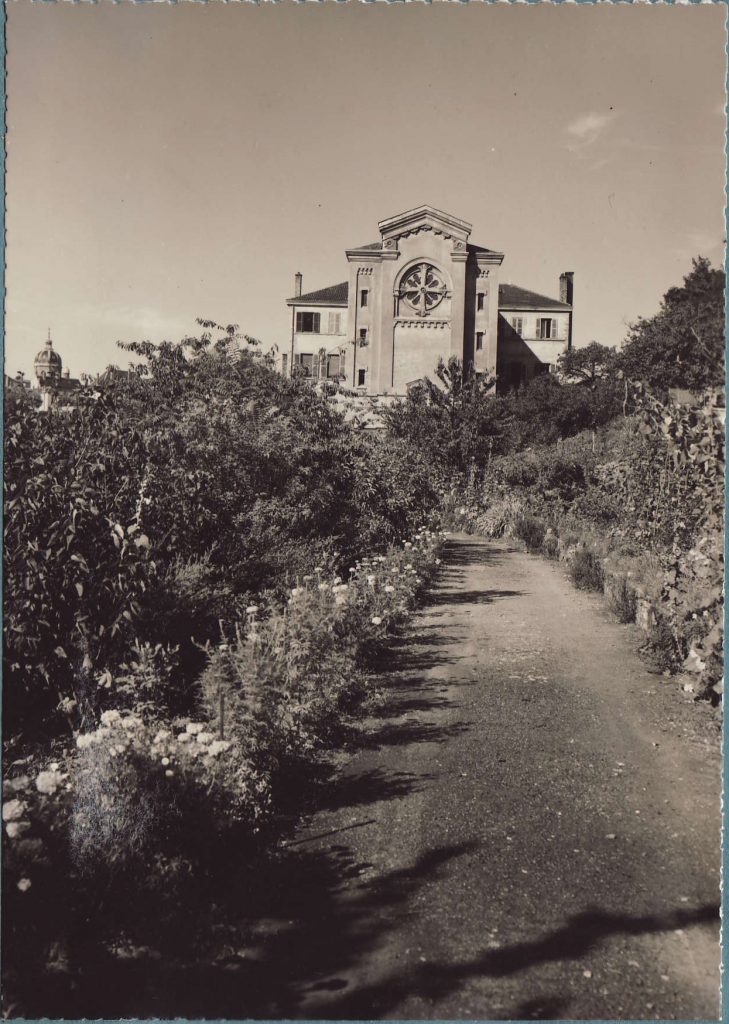
The Mission Sisters, formally known as the Congregation of Our Lady of the Missions was founded in Lyons in 1861 by French woman Euphrasie Barbier. In the 19th century many religious orders and congregations had their origins in and around Lyon. Some came to New Zealand (the Marist Fathers, the Marist Brothers, the Marist Sisters and the SMSM Sisters) Suzanne Aubert was part of this missionary outreach of the church in Lyon.
A Call to the Foreign Missions.
Euphrasie Barbier hoped above all else to work on “the foreign missions”. She wanted her sisters to devote themselves to the teaching and christian instruction of women and children in non-catholic countries. Work among indigenous peoples whose religious traditions were not Christian was her priority.
But, by the mid 1860’s when the first sisters arrived here, bishops were more concerned about the pastoral care of the growing Catholic settler population, most of whom were Irish and poor. This was a mission to ensure that Catholics were formed in their faith and remained faithful members of the church, rather than a mission to convert people to Christianity.
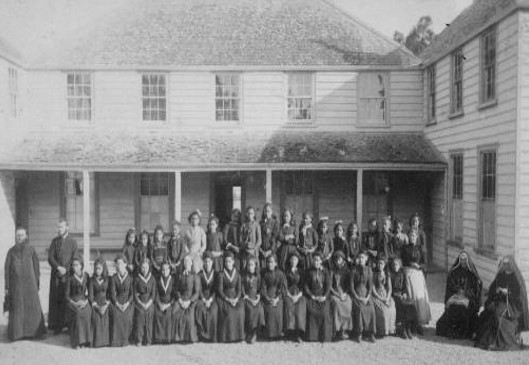
The Bishops’ concerns did not deter Euphrasie from her dream of the Christian education of Maori. So in 1867 the sisters responded to Marist Father Reignier’s request for sisters to work in a Providence he established in Napier for young Maori girls. Around about 1920 the name of the Providence was changed to St Joseph’s Maori Girls College and after the Napier earthquake (1931) the college shifted to Greenmeadows.
Mission sisters were also involved in the education of Maori girls in Waitara. Although the majority of Sisters were involved in the education of Pakeha children, they also worked in schools with significant Maori populations, e.g. Kaiapoi and Kaikoura with Ngai Tahu, Ngaruawhia , Opotiki, and Waitara.

Education free secular and compulsory.
After the 1877 Education Act education became “ free secular and compulsory” the bishops’ need for religious women who worked for nothing in the diocesan-owned schools became even more marked.
Because there was no money for wages, there were not many lay teachers employed in the schools. This changed after the 1970’s. Governments of the day began to recognise the important contribution made by the unpaid work of the Catholic sisters in the country’s education system. Money began to trickle into the Catholic school system.
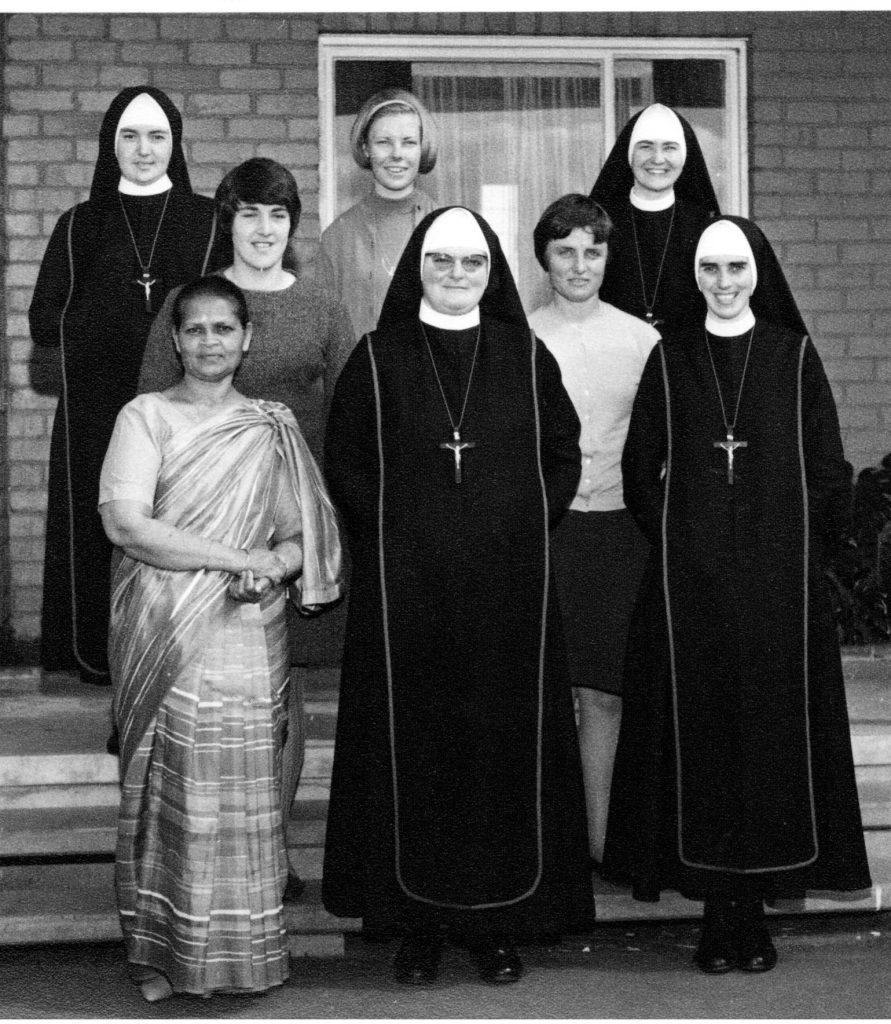
About this time Communities were aging and there were fewer young women expressing an interest in religious life. Religious communities looked more closely at the original vision of their founder. Our Mission sisters realised that Euphrasie’s dream of a community committed to “foreign” missions needed to be reclaimed.
Reclaiming the dream
From the mid 1970’s on Mission sisters began to think of mission overseas as an alternative to mission within Aotearoa New Zealand. There were sisters working in Samoa, Senegal, Kenya, Rome, the Philippines, Myanmar, Papua New Guinea, Western Australia (with the aboriginal communities), Peru, and Bolivia.
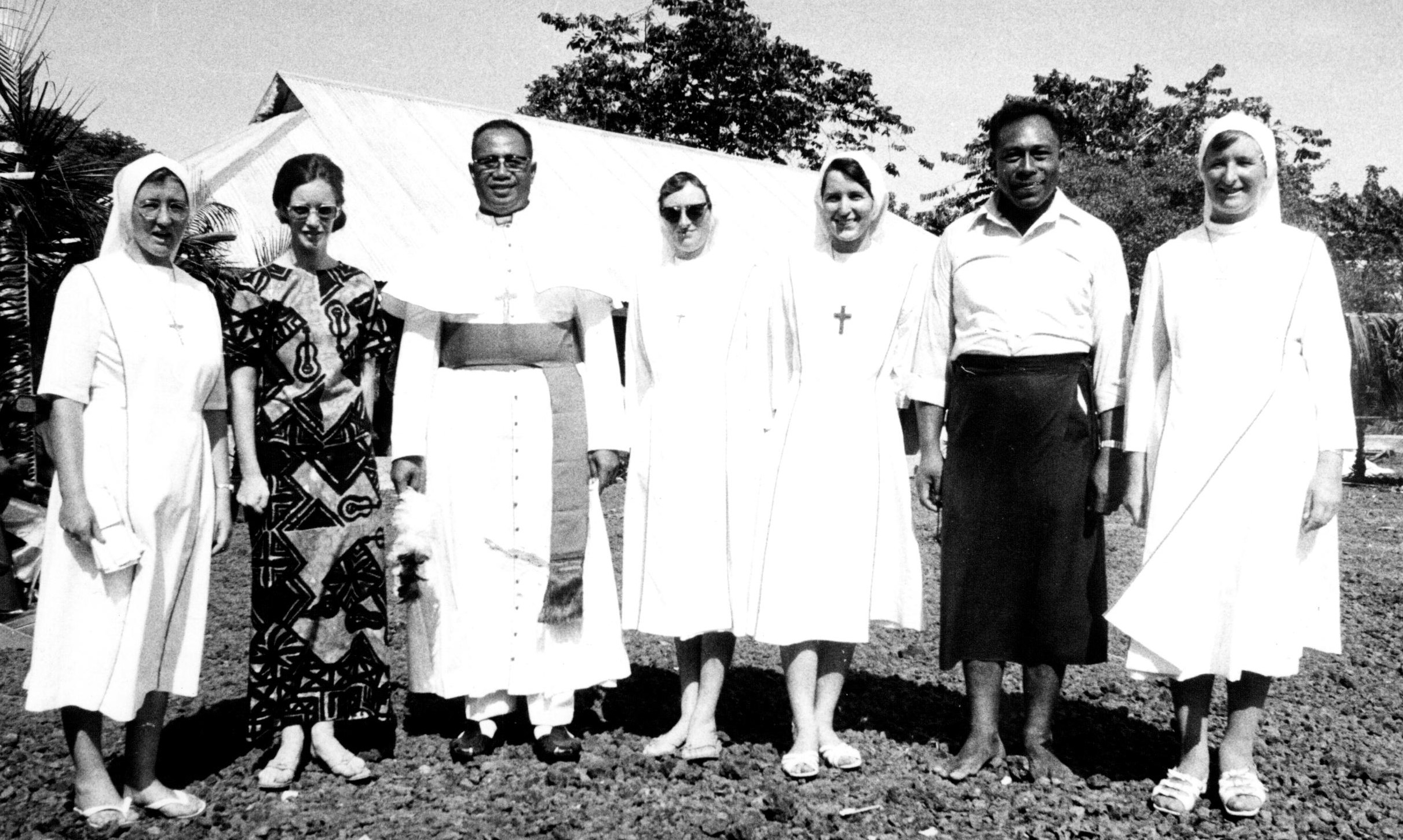
So now the situation in Aotearoa New Zealand was very different . Our sisters were engaged in a variety of educational areas; eg. in adult education, in faith formation, in teaching English as a second language to immigrants and refugees, in reading recovery programmes in Catholic Primary Schools. Other sisters became engaged in Chaplaincy work in hospitals, with minority groups, in prison ministry, in counselling, in spiritual direction and retreat work, and in pastoral ministry in parishes and to the elderly.
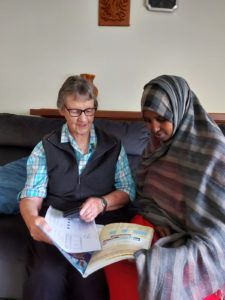
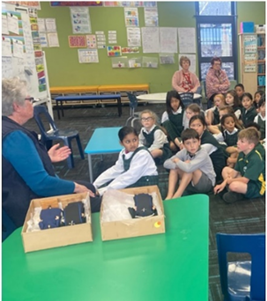
St Joseph’s Catholic School, Pukekohe.
Changing missionary goals.
Since the first sisters arrived from France in 1865 there have been significant changes in work and ministry. A major shift has been in the way our understanding of missions has developed. Older persons may remember bringing sixpences or threepences to school for the missionary work of converting and baptising people into the catholic faith in other countries. Instead there is a recognition that God’s Spirit is active and present in other cultures and religious traditions so dialogue and understanding became the goal of missionary activity.
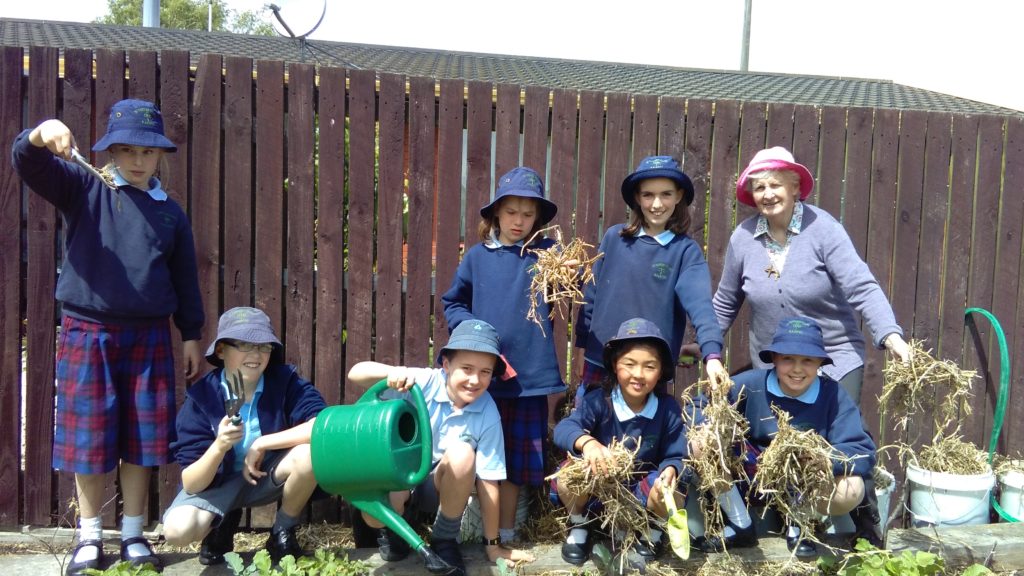
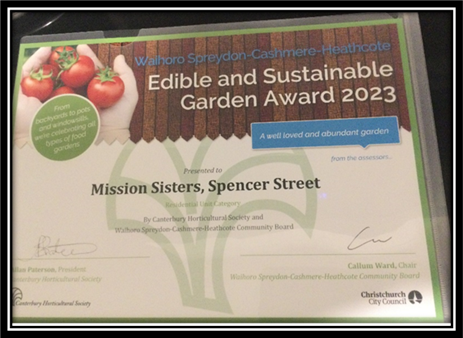
– Project Lead by Sr Anne-Marie Shine
Charity and justice and Care for the Environment are all necessary in resolving the causes and effects of poverty in our world today. Our concern for the state of the environment is important as we come to a fuller awareness of how our economic structures and our consumer society are destroying our earth. Therefore Mission sisters are called to be deeply concerned about our dear earth and its people.
Euphrasie exhorted her sisters to work for women and children. That is still a priority today but the nature of the work has changed and is no longer restricted to the education of girls in the classroom.
It is difficult to foretell the future. Certainly our numbers are down and ages up. But the mission sisters along with other Catholic sisters will continue to do what they have always done, and that is respond generously to the needs of the age.
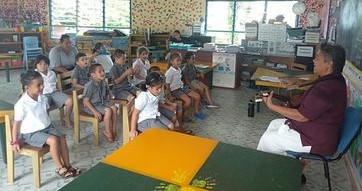
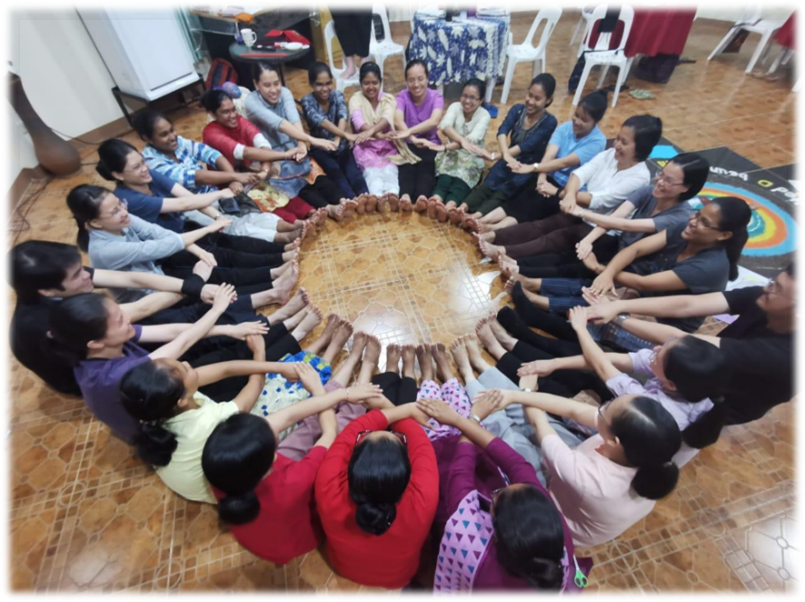
Even though financial and personnel resources might seem limited, our own faith and hope will continue to sustain us as it sustained the first four sisters who arrived in Napier with so little and who laid the foundations for an important involvement by Mission Sisters in the Mission of the Holy Trinity.
